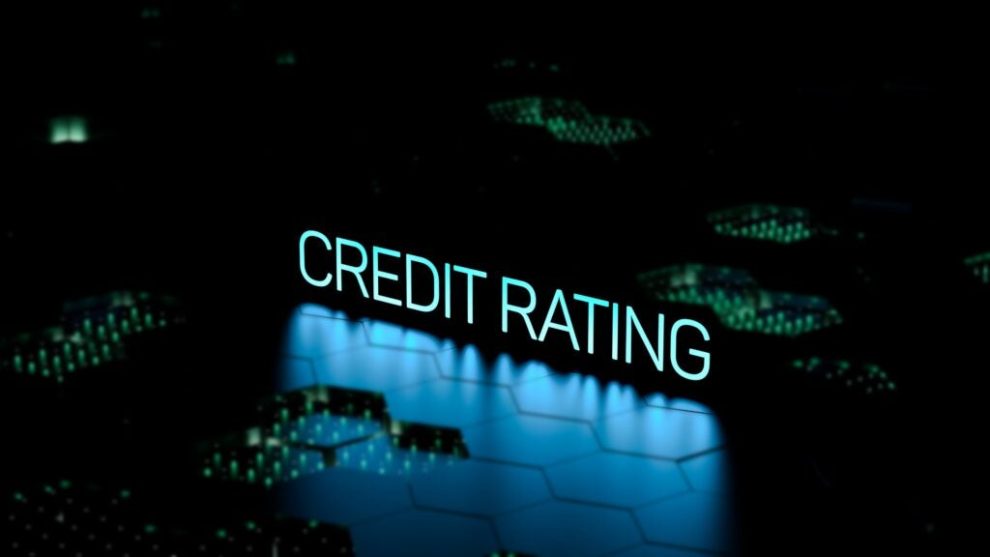Wall Street’s reaction to Moody’s downgrade of U.S. debt is turning into a tale of two titans. On one end, you have Ray Dalio — founder of Bridgewater Associates — warning that the downgrade grossly understates the true risk of owning U.S. debt.
On the other hand, there’s Tom Lee of Fundstrat. Lee brushed the downgrade off as a “non-event” and told investors to go shopping for stocks.
Moody’s cut the U.S. credit rating from Aaa to Aa1, following in the footsteps of S&P in 2011 and Fitch in 2023. With this move, the U.S. officially loses its AAA status across the board.
But is it a flashing red signal or just another headline?
Read Also: Ray Dalio’s Bridgewater Dumps SPY, Trims Nvidia, Meta, Alphabet — Bearish Vibes?
Ray Dalio: The Real Threat Isn’t Default, It Is…
Dalio didn’t mince words.
He argued the real threat isn’t default, but dilution — central banks printing money to meet obligations.
“For those who care about the value of their money,” he posted on X, “the risks for U.S. government debt are greater than the rating agencies are conveying.” Translation? The downgrade misses the bigger picture: currency debasement.
Tom Lee: Downgrade = Largely ‘Non-Event’
Tom Lee, meanwhile, is telling clients to stay calm and keep buying. Like those before, he says this downgrade is unlikely to trigger panic. History might just be on his side — after S&P’s downgrade in 2011 and Fitch’s in 2023, the S&P 500 plunged roughly 10% in the short term but rallied over 35% within a year in both cases.
So what now? If Dalio’s right, long-term bondholders could face slow bleed-through inflation, not default. But if Lee’s playbook holds, a short-term dip could be just the setup bulls need.
Read Next:
Image: Shutterstock
Market News and Data brought to you by Benzinga APIs
© 2025 Benzinga.com. Benzinga does not provide investment advice. All rights reserved.




Add Comment